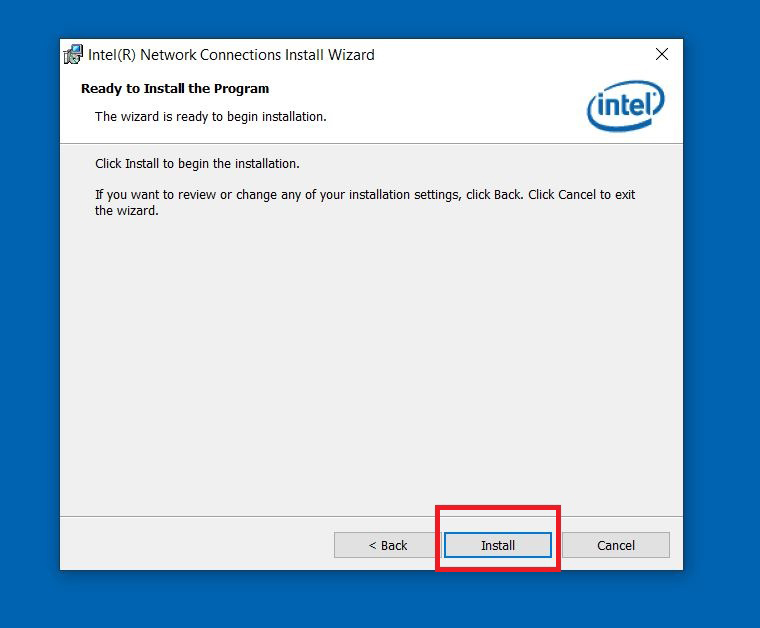

In fact, Microsoft has warned you the problems with an Advanced Micro Devices (AMD) graphics when the Windows 10 Technical Preview came out. Weird lines are all over the computer screen, or you get black screen after Windows 10 update.Īfter setup Windows 10 in PC video card not found. The GPU driver is not working after installing Windows 10, or the video card is not detected on Windows 10.

GPU not detected after Windows 10 update. Windows 10 having problems getting the display driver installed.ĭistorted or stretched screen with gray lines or green blocks. You get stuttering issues when playing video games on Windows 10, especially when playing 3D games. You get poor image rendering after Windows 10 upgrade. The system's display output crashes after Windows 10 automatically updates the Nvidia graphics card drivers via Windows Update. You get the error message "You may experience problems with the display" from computer when installing Windows 10. The most common Windows 10 display issues are: Note: A display card is also called a video card, a display adapter, a video adapter, a graphics adapter, or a graphics card. This post is focusing on the display errors after Windows 10 update and the solution to easily fix the Windows 10 display issues. We've listed top solutions workable to fix those issues and you can try them. Windows 10 update issues have involved numerous users, the problems including no Wi-Fi on Windows 10, no sound, black screen, screen flickering and the Windows 10 display issues. Windows 10 Nvidia/Intel HD/AMD Display Issues after Windows 10 Update If you can't see the desktop and instead see a blue, black, or blank screen, see Troubleshoot blue screen errors or Troubleshoot black or blank screen errors.Fix Display/Video/Graphics Problems after Windows 10 Update Windows will attempt to reinstall the driver. Right-click (or press and hold) the name of the device, and then select Uninstall. If Windows doesn't find a new driver, you can try looking for one on the device manufacturer's website and follow their instructions. Select Search automatically for updated driver software. Select a category to see names of devices, then right-click (or press and hold) the one you’d like to update. In the search box on the taskbar, enter device manager, then select Device Manager. You probably already have the most recent drivers, but if you'd like to manually update or reinstall a driver, here's how: Before you beginĭriver updates for Windows, along with many devices, such as network adapters, monitors, printers, and video cards, are automatically downloaded and installed through Windows Update. If you are having problems with Windows Update, you might see if any of the links at Update Windows can help you out first. Note: The best and safest way to get driver updates in Windows is always through Windows Update.


 0 kommentar(er)
0 kommentar(er)
